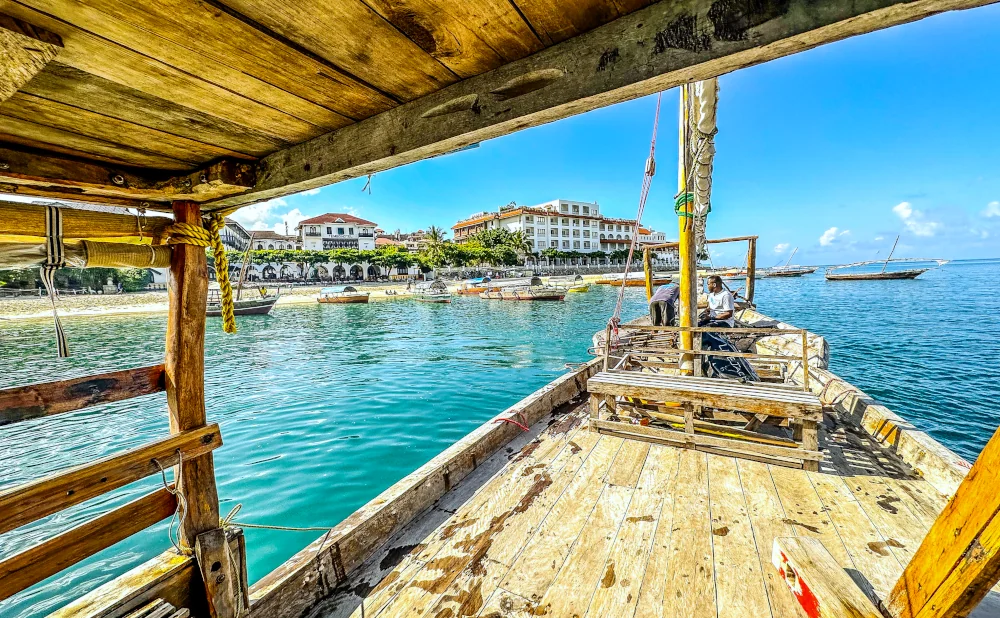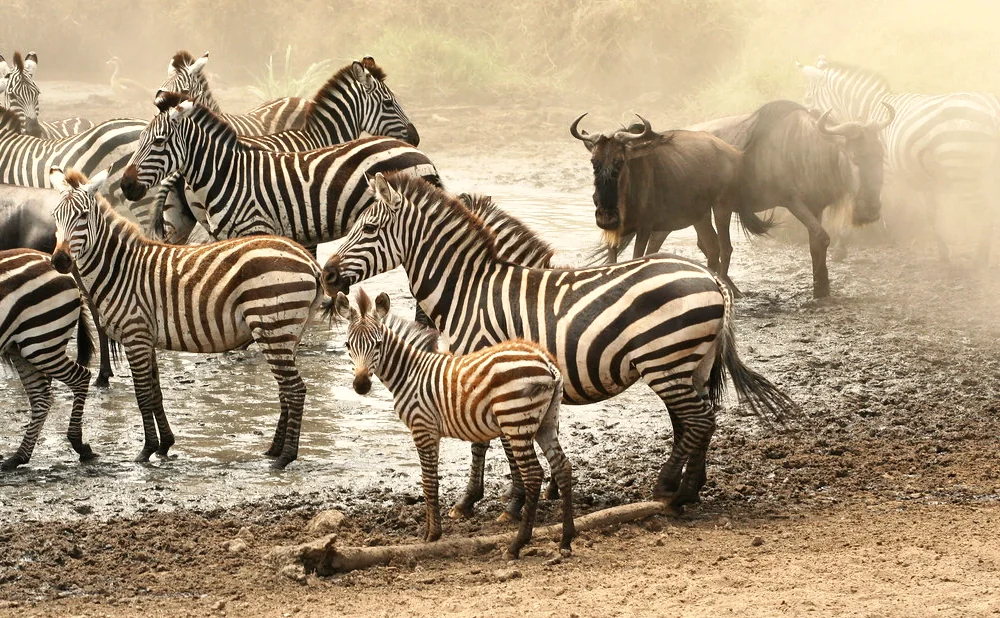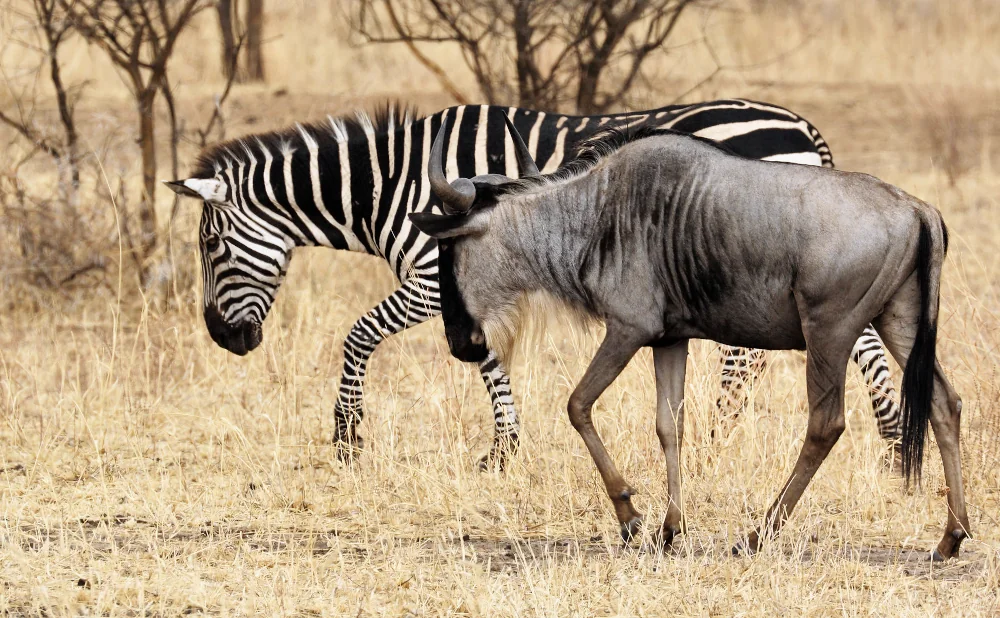Nyerere National Park

Nyerere National Park, formerly known as Selous Game Reserve, is located in southern Tanzania and is renowned for its vast landscapes and rich wildlife.
- Nyerere National Park is situated in southern Tanzania and spans approximately 30,893 square kilometers (11,700 square miles).
- It was officially renamed Nyerere National Park in 2019 in honor of Julius Nyerere, Tanzania's first president.
- The park is one of Africa’s largest protected areas and was previously known as Selous Game Reserve.
- It is a UNESCO World Heritage Site due to its outstanding natural value.
- Nyerere is renowned for its large populations of African elephants.
- The park supports one of the largest populations of elephants in Africa.
- It is a critical habitat for the endangered African wild dog, with significant conservation efforts focused on this species.
- The park is home to several species of big cats, including lions and leopards.
- It has a healthy population of spotted hyenas.
- Nyerere National Park is known for its abundant herds of buffalo.
- Large populations of giraffes roam the park, including both Masai and reticulated giraffes.
- The park supports diverse antelope species, including elands, kudu, and sable antelope.
- It is home to the rare and elusive greater kudu, known for their impressive horns.
- The park features extensive wetlands, including the Rufiji River delta, which is crucial for wildlife.
- Hippos are commonly seen in the rivers and lakes of the park.
- Nile crocodiles inhabit the Rufiji River and other water bodies within the park.
- The park has over 400 bird species, making it a prime destination for birdwatchers.
- Notable bird species include the African fish eagle, bateleur eagle, and various kingfishers.
- Nyerere National Park offers a range of ecosystems, from miombo woodlands to grasslands and swamps.
- The park is crossed by several major rivers, including the Rufiji, which supports a diverse aquatic life.
- The Rufiji River delta is one of the park’s most scenic areas, providing vital resources for wildlife.
- Nyerere is known for its large herds of zebras and wildebeests.
- The park is a key location for observing large-scale wildlife migrations.
- The park features rolling plains and dense forests, offering varied landscapes.
- Visitors can engage in boat safaris on the Rufiji River for a unique perspective on wildlife.
- Walking safaris are available, providing an immersive experience in the park’s environment.
- Game drives are a popular activity, offering opportunities to view the park’s diverse wildlife.
- Nyerere National Park has a tropical savanna climate with a wet season from March to May and a dry season from June to October.
- The park supports extensive conservation projects aimed at protecting wildlife and their habitats.
- The park’s varied terrain includes rocky outcrops and rolling hills.
- Nyerere National Park is one of Tanzania's key wildlife tourism destinations.
- The park features remote and less-visited areas, offering a more secluded safari experience.
- It is known for its extensive, unspoiled wilderness and low tourist density.
- The park’s management focuses on sustainable tourism and conservation practices.
- Nyerere National Park has several lodges and campsites offering a range of accommodation options.
- Night safaris are offered in some areas, providing the chance to see nocturnal wildlife.
- The park has an extensive network of roads and tracks for game viewing and exploration.
- Conservation efforts in the park include anti-poaching initiatives and habitat restoration projects.
- The park’s diverse habitats support a wide variety of flora, including baobabs, acacias, and miombo trees.
- Nyerere National Park is important for scientific research and monitoring of wildlife populations.
- It offers a range of wildlife experiences, from game viewing to birdwatching and boat safaris.
- The park is accessible via several airstrips and has connections to major Tanzanian cities.
- It is an important part of Tanzania’s ecological network, contributing to regional conservation efforts.
- The park’s remote location provides opportunities for authentic and immersive safari experiences.
- Nyerere National Park is a key area for protecting and conserving Africa’s large mammal populations.
- It has a rich cultural history, with evidence of early human settlements and activities in the region.
- The park’s landscapes offer breathtaking views and excellent photographic opportunities.
- Nyerere National Park continues to be a vital area for wildlife conservation and eco-tourism in Tanzania.










